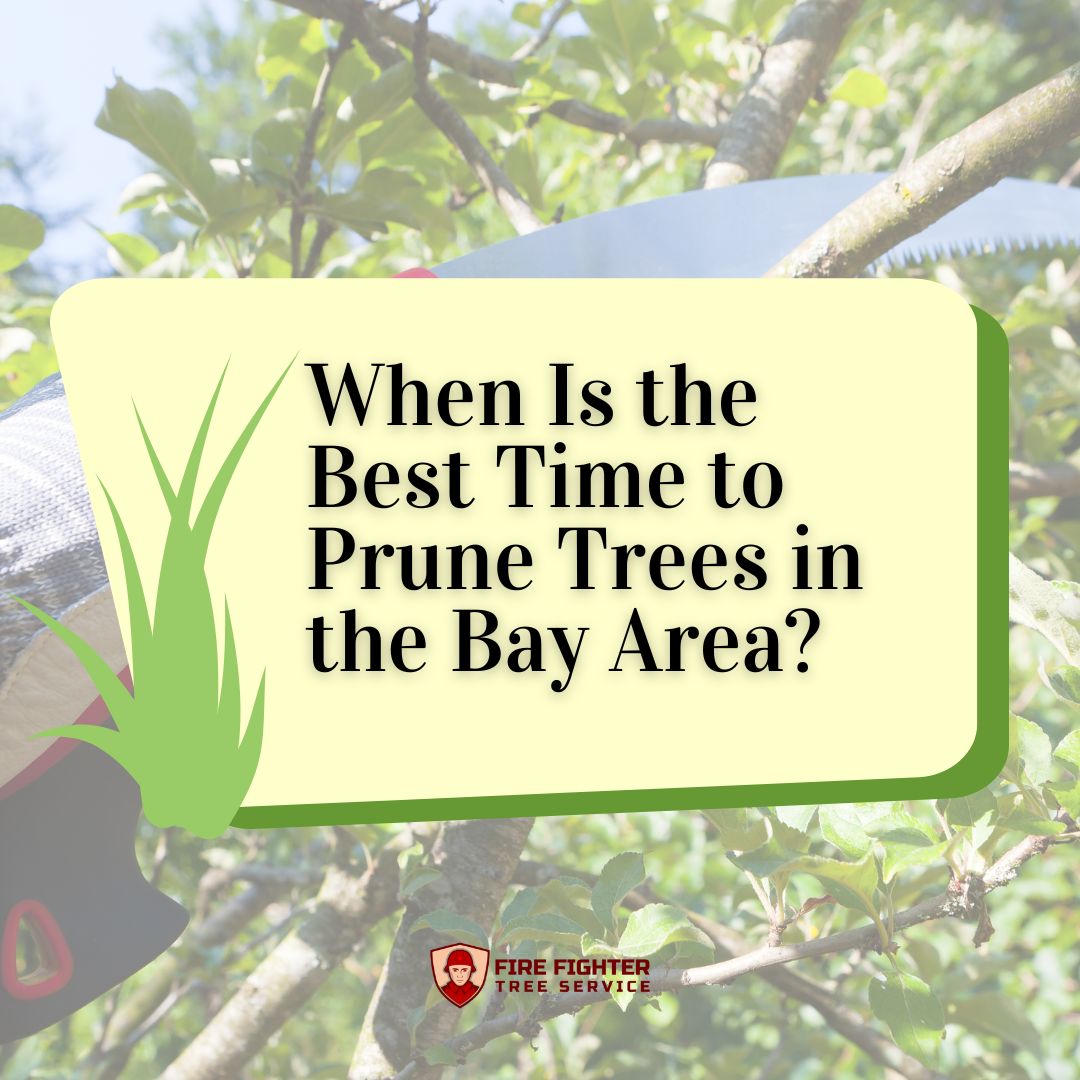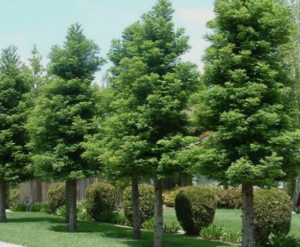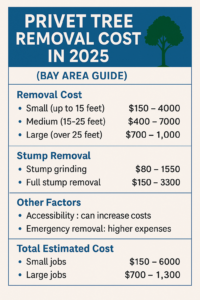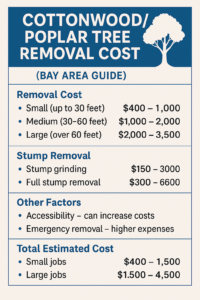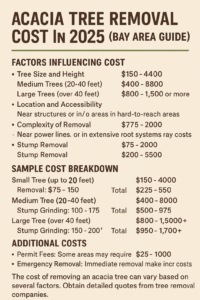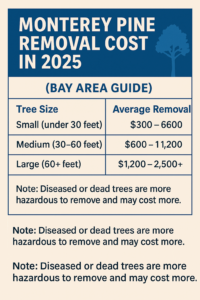Trees can get out of shape and take undesirable growth patterns. From maples to thujas, pines, and fruit trees, all need regular trimming. However, knowing the best time to prune these trees requires an understanding of growth patterns and seasons.
That said, we delve into different tree species to understand the best time to prune each. Let’s get the ball rolling.
Table of Content
- Best Time to Prune Trees and Reasons
- Factors That Affect Pruning Time
- When Not to Trim Trees
- Conclusion
- Frequently Asked Questions
Best Time to Prune Trees and Reasons
Late fall, winter, and early spring are the best times to trim trees because they are dormant. Most trees shed their leaves and enter a dormant phase, preparing to bloom after this period.
Although this is the general approach, some trees, like the Japanese magnolia, are an exception because they flower during winter. So, you should consider the tree species before pruning.
Here is a pruning schedule for different trees found in the Bay Area:
| Tree | Best Pruning Time | Reason |
| California Buckeye | Late winter to early spring | Dormant season |
| London Planetree | Winter | Easy to shape the crown and perform formative pruning |
| Deciduous Magnolia | Summer | Post-flowering season |
| Maple | Late summer | Sap flow is slow |
| Brisbane Box | Late spring or early summer | Post-flowering season |
| Redwood Trees | late winter or early spring | Dormant phase |
| Coast Live Oak | Winter | Dormant season and less susceptible to diseases |
| Birch | Late summer to before mid-winter | Reduce sap loss |
| Arroyo Willow | Late winter to early spring | Dormant phase and minimizes sap loss |
| Eucalyptus | Late winter to early spring | Dormant season |
| Elm | Late fall through winter | Dormant season and low risk of pests and diseases |
| Dogwood | Late winter or early spring | Before leaves start to regrow |
| Forsythia | Summer and early fall | Post-flowering season |
| Chinese Tallow | Late winter or early spring | Dormant and least vulnerable phase |
| Lemon Tree | Early spring or after the last frost | Allow flush to harden off and protect the tree against citrus leaf miner |
From the table above, most trees are better pruned during winter and early spring when they are dormant. The trees are less vulnerable to pests and diseases during this period because of the reduced foliage. However, there are exceptions. In our next section, let’s explore factors that affect the pruning season for different tree species.
Factors That Affect Pruning Time

1. Tree Species
Different species have distinct growth cycles and pruning needs. For example, deciduous trees, like maples, often benefit from summer pruning when sap flow is low, while evergreens require minimal pruning throughout the year.
2. Blooming Season
For flowering trees, pruning after blooms fade helps preserve flowers for the next season. Fruit trees often need pruning before spring to encourage healthy fruit production.
3. Pests and Diseases
You should schedule pruning time in seasons when the trees are less susceptible to pests and diseases. This could be when the pathogens are less active, or the trees are likely to heal faster.
4. Growth Stage
In the early stage, frequent trimming is necessary to achieve the desirable shape. On the other hand, mature trees require pruning to remove dead and diseased branches, which is more regular.
5. Tree Health
While different trees have specific pruning times, immediate removal or trimming to eliminate dead and diseased branches is essential, no matter the season. In this case, you should contact a certified arborist to assess the best pruning method and disposal to prevent infection on other trees.
When Not to Trim Trees

Although different trees have varying pruning seasons, you should avoid trimming during the following times:
- Fall: This season is unfavorable because most trees are preparing for dormancy, and pruning affects their growth patterns.
- Blooming phase: Avoid interfering with the flowering stage by pruning, which reduces or removes flowers for that season.
- High sap flow seasons: Don’t trim maples, birches, and walnuts during high sap flow seasons to prevent seepage, which leads to pest and disease infestation.
- After Recent Pathogen Exposure: If nearby trees have been affected by pests or diseases, wait to prune until conditions improve to avoid spreading pathogens.
- Extreme Weather Conditions: Pruning during extreme temperatures harms trees, as the healing process is slower.
Conclusion
Understanding the best time to prune different types of trees in the Bay Area is essential for healthy growth. Hiring a certified arborist is the most suitable approach to tree care services. These experts have extensive experience and knowledge of tree species in your neighborhood. So, you are guaranteed healthy, properly pruned trees that thrive in the local climate.
Firefighter Tree Services invests in regular training and specialized equipment to give your trees a clean trim. Get in touch with us today for safe and professional tree care services in the Bay Area.
Frequently Asked Questions
How often should I prune trees?
The ideal pruning frequency for young trees is after 2-3 years, while mature trees should be pruned every 3-5 years. However, you can prune evergreens anytime to remove dead and diseased branches.
What months are best for tree trimming?
The best months for pruning are between November and March, when most trees are dormant. This reduces the risk of pest attacks and disease infestation, hastening healing.
How much does it cost to trim a tree in California?
The average cost of pruning a medium tree in California is $550, with arborist rates between $50 and $120 per hour. This cost includes the necessary equipment to prune the tree.
Do you need a permit to prune a tree in California?
Pruning most trees on private properties doesn’t require any permits. However, you need a permit if the process is likely to obstruct public pathways, roads, or neighboring properties. Also, certain protected tree species, such as heritage or landmark trees, require permits before pruning. You should check with local authorities to ensure compliance.
Is it safe to prune trees during the Bay Area’s rainy season?
Pruning trees during the rainy season is generally not recommended. Wet conditions increase the risk of disease transmission, as moisture creates a breeding ground for fungi and pathogens. Additionally, rain makes branches slippery and heavy, creating safety hazards for the trees, property, and people.
